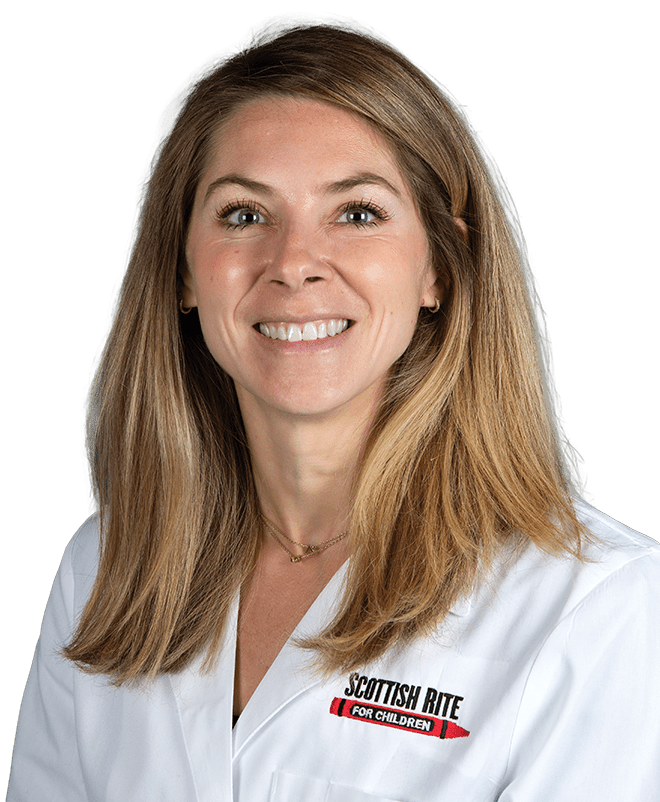Limb Lengthening & Reconstruction
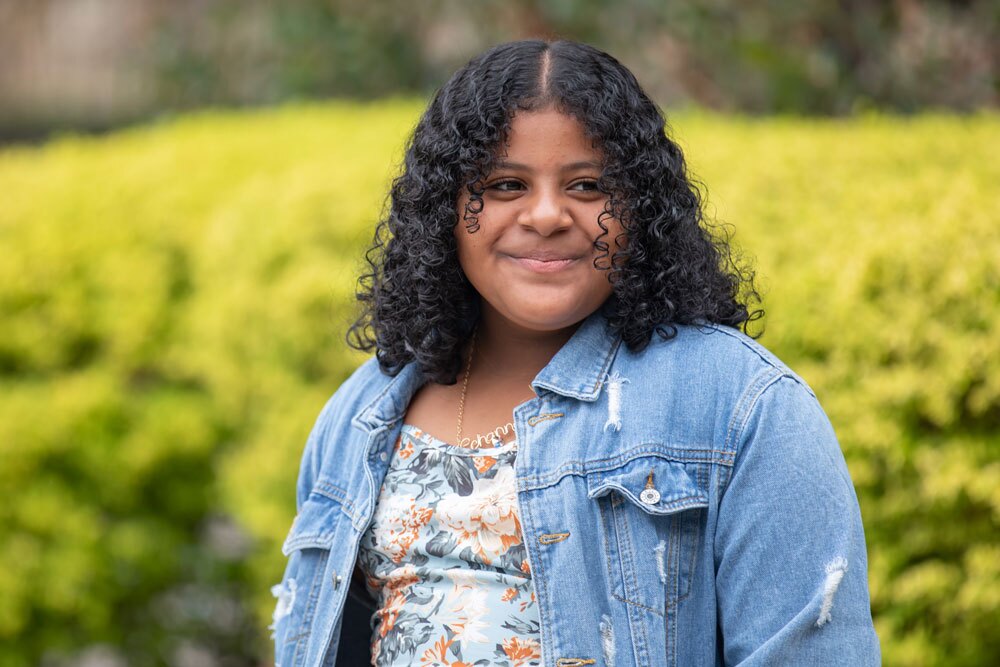
Who We Are
The Center for Excellence in Limb Lengthening and Reconstruction (CELLR) at Scottish Rite for Children is a multidisciplinary team of pediatric orthopedic surgeons, nurses, psychologists, researchers, physical and occupational therapists, and child life specialists, with specialized training in the care of patients with complex limb conditions.
Our team is led by clinical director David A. Podeszwa, M.D., director of research Elizabeth W. Hubbard, M.D., prosthetic clinic director Corey S. Gill, M.D., nurse educator/coordinator Emily Elerson, R.N., and psychologist Whitney Herge, Ph.D.
What We Do
The CELLR team is dedicated to creating a customized care plan for each child and family undergoing treatment for a congenital, developmental, post-traumatic, or post-infectious limb length difference, deformity, or deficiency.
How We Do It
The CELLR team believes in treating the whole patient. Regardless of the complexity of the condition or treatment plan, care is a process, not a single event.
Conditions We Treat
- Blount’s disease
- Bone fractures and other traumatic injuries
- Bowed legs (genu varum) and knock-knees (genu valgum)
- Foot deformity related to previous clubfoot
- Congenital femoral deficiency
- Congenital pseudoarthrosis of the tibia
- Fibular hemimelia
- Growth arrest/injury to the growth plate
- Limb length difference
- Madelung’s deformity
- Posteromedial bowing of the tibia
- Post-infectious growth disturbance/deformity
- Post-traumatic long bone deformity
- Radial club hand
- Tibial hemimelia
- Upper extremity limb length difference
What is Limb Lengthening?
Limb lengthening is a process of gradually increasing the length of a long bone (arm, thigh, leg) and its surrounding soft tissues (muscles, tendons, nerves and blood vessels) after surgically cutting the bone. A patient may need this form of treatment if he or she has functional difficulties associated with a limb length discrepancy with or without an associated deformity. The limb length difference can be caused by congenital, developmental, post-infectious, or post-traumatic conditions.
The process of lengthening, healing, and physical rehabilitation can easily take 6 to 9 months, and sometimes longer.
The Center for Excellence in Limb Lengthening and Reconstruction (CELLR) team is known around the world for their expertise in this field. They travel nationally and internationally to teach other surgeons the state-of-the-art techniques used at Scottish Rite for patients with limb length discrepancies and deformities.
Download our Limb Lengthening and Reconstruction Preoperative Planning & Surgical Guide
Limb Lengthening Techniques
There are two limb lengthening techniques available. Each treatment option has advantages and disadvantages, unique to the patient, that your physician will discuss with you. More than one stage of treatment may be required for extensive limb lengthening.
An intramedullary lengthening rod is a metal rod placed inside the bone after the bone is cut. Depending on the type of rod used, the rod will lengthen when activated by an external magnet or an electrical impulse. There are two intramedullary lengthening rods available (PRECICE® and FITBONE®), and your surgeon will explain the advantages and disadvantages of each rod.
What to Expect
Limb lengthening at Scottish Rite focuses on your child’s unique needs and goals. Therefore, the process of limb lengthening begins well before the surgical procedure. The CELLR’s multidisciplinary group of specialists, including nurse educators, psychologists, physical and occupational therapists, social workers and child life specialists work together with you and your child to optimize your child’s physical and mental health and establish post-operative expectations.
Before scheduling surgery, you and your child will visit with our nurse educator and psychologist to better understand the logistics of your child’s treatment plan and how to cope with the stress of undergoing a limb lengthening. The nurse educator/coordinator and psychologist will also visit with you and your child while in the hospital and at each of your clinic follow-up visits.
Follow-Up Care After Limb Lengthening
It takes several months for limb lengthening surgery to have its intended effect. Your child will need to visit us weekly during the lengthening period. As bone grows, your child may experience soreness and pain which is typically controlled with over-the-counter pain medicine and, when needed, prescription pain medicine.
As your child heals, they can resume many normal daily activities, even with an external fixator. If your child had intramedullary lengthening rod, they cannot bear full body weight or play sports until fully healed.
Physical therapy helps improve range of motion and muscle strength. Your child will be given exercises to perform at home and may work with a physical therapist in an outpatient setting.
Once the affected limb reaches the desired length, your child will have a second surgery to remove the intramedullary lengthening rod or external fixator. This is usually an outpatient procedure, and most children return home the same day. Your child may need to wear a brace or cast afterward.
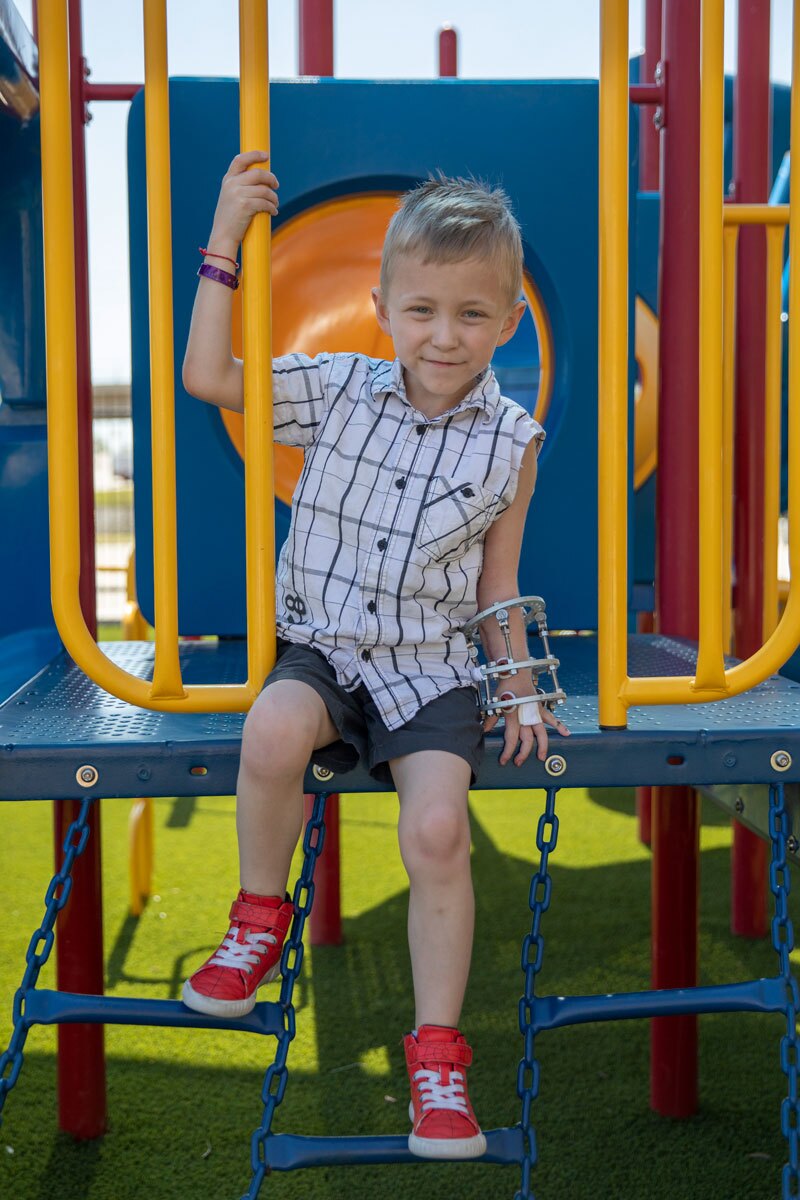
Our Experts
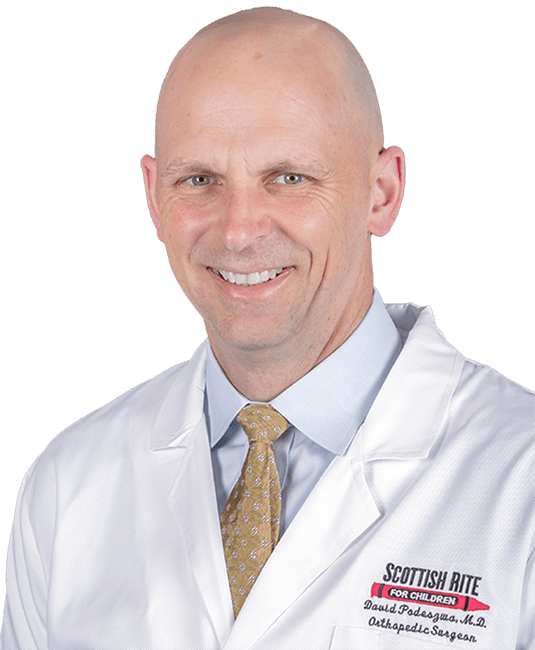
David A. Podeszwa, M.D.
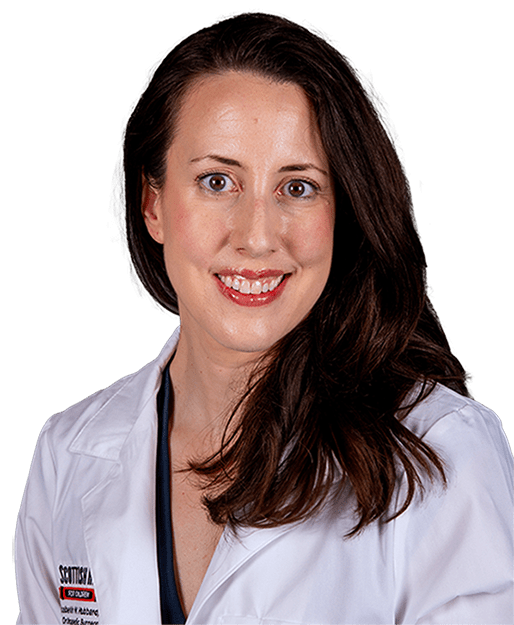
Elizabeth W. Hubbard, M.D.
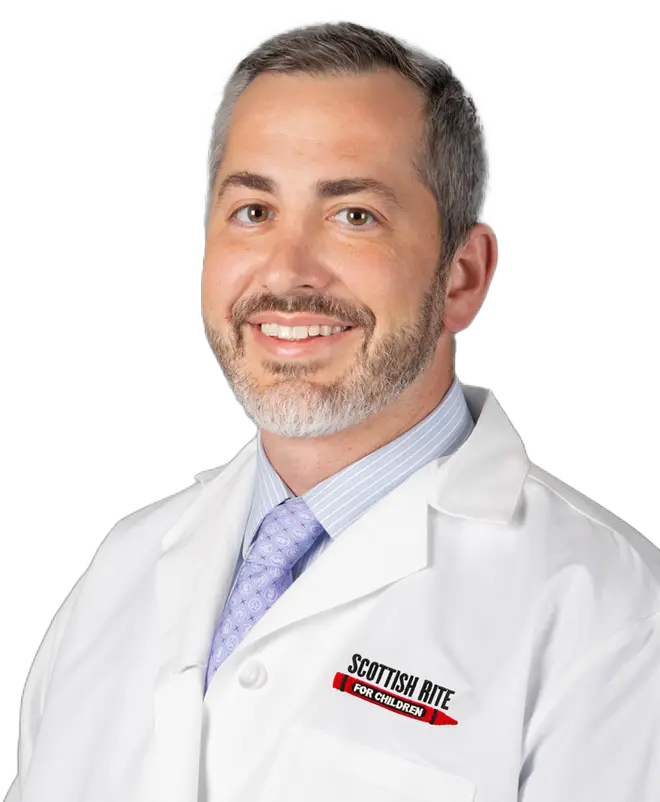
Corey S. Gill, M.D., M.A.
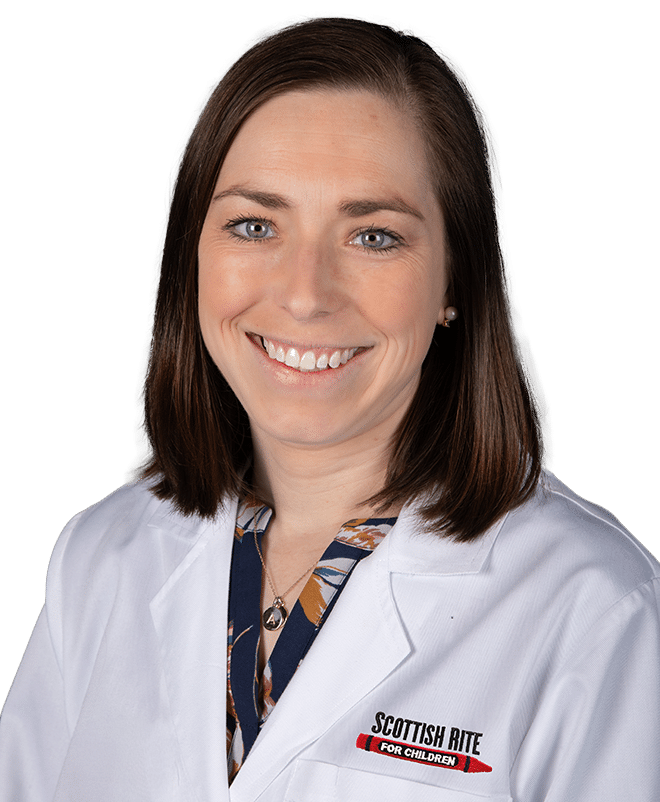
Jessica Landson, MPAS, P.A.-C.

Andrea Pendleton, CPNP-PC
